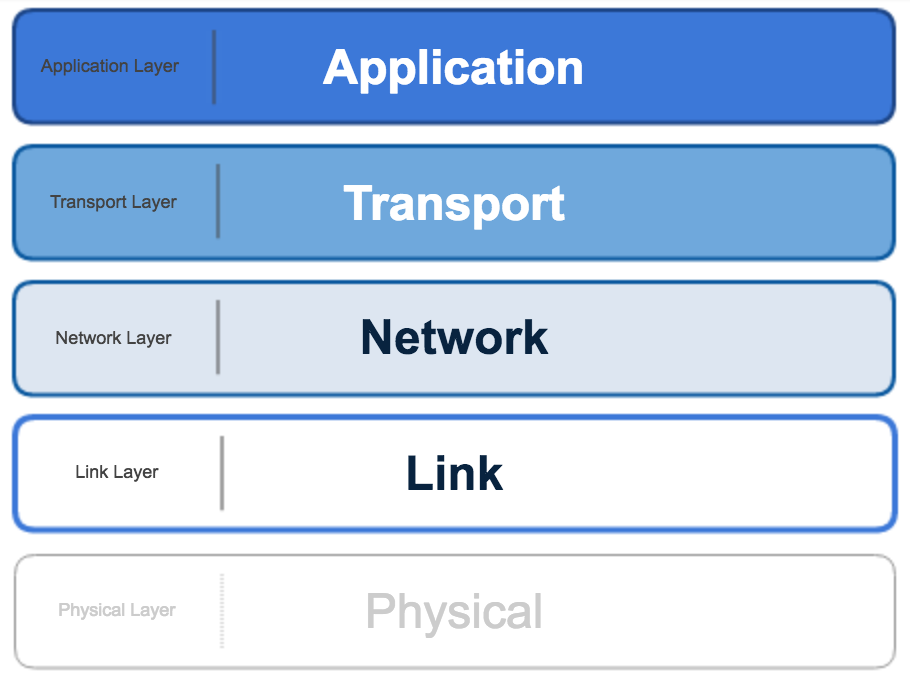You have started your analysis and found that your IoT data is not always complete. You also suspect it is not always accurate. But you have no idea why that would be the case. You get several hundred records a day on average from each device.
The IoT devices your company makes are attached to freight trailers and track location, and sometimes even temperature. The temperature is monitored when the trailer is a refrigerated unit, called a reefer in the industry. The inside temperature of a reefer must be kept in a certain range depending on what is being transported.
Your device is located on the outside of the trailer with a lead line into the trailer to read temperature if the option is enabled. The trailer is pulled around by big rig trucks over roads all over the country.
You have been so focused on finding value in the data, you never thought about how it was captured and communicated to your company's servers. Now that you are thinking about...



































































